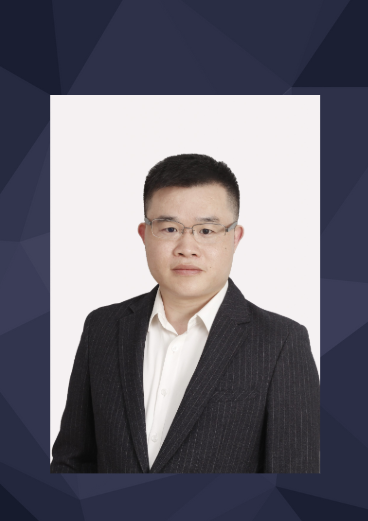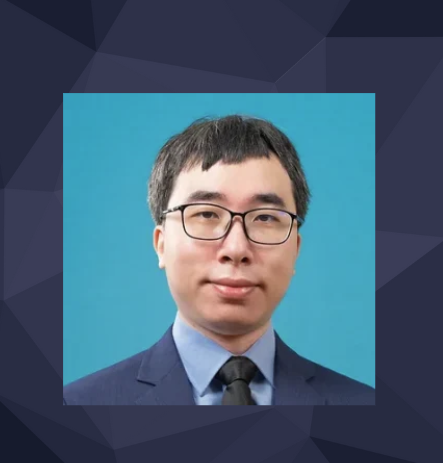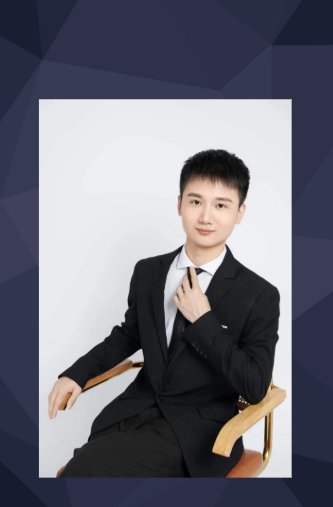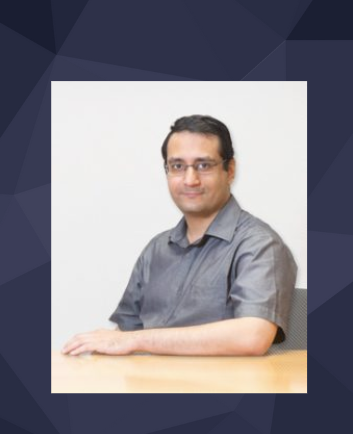HKAES TechTalk – Creating New Radio Frequency Wave Technology for 6G
April 23 2024 (Tuesday) 4:00-5:00pm
Radio frequency (RF) waves are a fundamental phenomenon that can carry electromagnetic signals and energy through space and interact with it. Their use in wireless communication has revolutionized our lives and created a mobile information society and new industries. However, RF wave technology can do much more and in this talk I explore new RF wave technologies that can be further exploited for 6G. I broadly classify the new RF technologies into wave shaping and wave sensing and in this talk I focus on the development of RF Imaging, RF energy harvesting and reconfigurable intelligent surfaces (RIS). In particular both the concepts and experimental results obtained from our prototypes are presented for each of these technologies. Furthermore, while each of these technologies is promising, significant further research is needed to exploit the enormous potential of new RF wave technology for 6G and this is also detailed.










